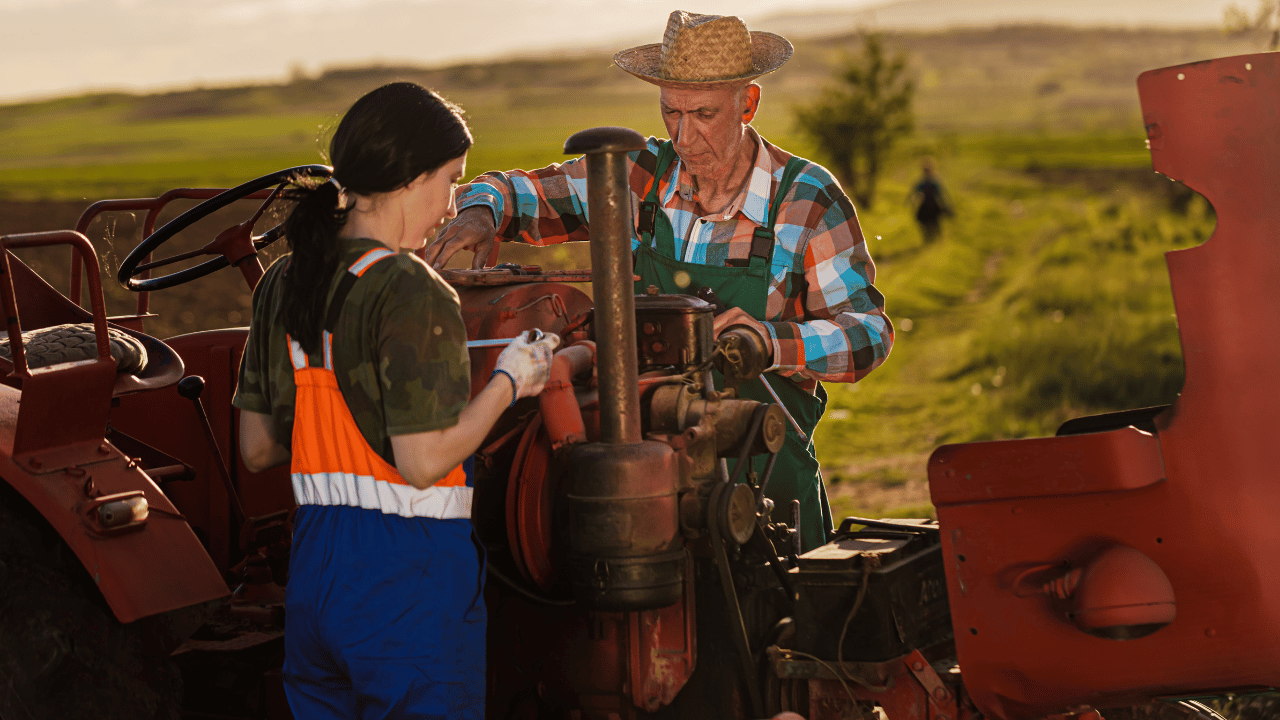Many of the farm businesses in the UK are partnerships, and it is easy to see why.
Partnerships are flexible and enable new partners to be added relatively quickly and simply. So, when the time comes to extend the farm business to the next generation, partnerships offer an efficient way to do this.
However, there are a number of things to consider when deciding to introduce a new member to the partnership, and these should be given full consideration before a final decision is made.
Can the partnership afford it?
The first thing to consider is whether or not the partnership can actually afford a new member. Partners are renumerated by dividing up the profits (or losses) on a profit-share ratio and unless the new member introduces significant assets into the partnership, the money each member receives is likely to reduce, at least in the immediate future. This is particularly the case when bringing children into a partnership, as often they hold no extra assets beyond the family farm.
However, this can be accounted for by giving them a small percentage share in the early days, with the intention of growing it as they take on more responsibility.
With non-family members, it is important to consider what they are bringing to the partnership and how that will impact on the level of remuneration each partner receives.
Are you ready to relinquish control?
With more members in the partnership, control over the farm business is naturally diluted. A question for farmers who are used to leading from the front – not to mention having tight control over the purse strings – is, are you really ready for this?
Many people find delegation difficult, especially those who have been used to running things by themselves for any length of time. But not allowing new members much responsibility is likely to lead to them becoming disgruntled.
So, before making a final decision, take time to consider whether a new working relationship works for you.
Is the proposed partner ready?
Perhaps another one to consider when it comes to the next generation, but becoming a member of a farm partnership is a big responsibility. Will the new person really add value, enough to be given a share of the profits? Introducing a new partner should be a business decision first and foremost, and the future health and sustainability of the business the first priority. Will this person help to facilitate that or is it too early in their career for that level of responsibility.
Again, another challenging question that deserves proper consideration.
Financial issues
As well as deciding if the new member will be the right fit for the partnership, and if the partnership can afford it, there are a number of financial issues that will need addressing before committing to introducing a new partner.
One of these is VAT.
In a partnership, each member is treated individually for the purposes of income tax and capital gains. If a proposed new partner is VAT registered and intends on moving their existing business assets into the partnership, they may need to deregister for VAT before doing so. Otherwise, it could cause problems for other partners. So, this is a discussion to have before the new member comes on board.
Also, because each member of the partnership is treated as an individual, the founding partners will continue to pay income tax and NI as they have been doing when the new member joins the partnership.
But with the arrival of a new member, it will be up to the partners to determine how the profits are to be shared. Should the new partner receive a fixed amount initially or a percentage share? And will there be any return of capital invested?
Again, these are the types of decisions members will have to hammer out between themselves as they prepare to accept a new partner.
Informing HMRC
Once the new member has joined the partnership, they must inform HMRC of this change by registering for self-assessment, if they are not already registered. From then on, they are responsible for paying their own tax and NI.
The partnership must also notify HMRC within 30 days of admitting the new partner if the partnership is VAT registered. The partnership must also include details of the new member on its annual tax return.
Ian Parker said anyone considering starting a farm partnership or introducing a new member into an existing partnership would be wise to consult their accountant to ensure the timing was right from a tax perspective, and everything was done in accordance with the law.
“Taking on a new member can be an exciting time, with new blood coming into the farm business,” he said.
“However, there are a lot of decisions to be made and a number of regulations to follow. This includes updating the Partnership Agreement or putting one in place. This is an essential document which the partnership will need to rely on in the future, so having a professional guide you through the process should provide peace of mind.”
To speak to Ian about any aspect of farm partnerships, call (01295) 270200 or email ianp@whitleystimpson.co.uk.
Other articles
If you go down to the woods today, you’re sure of a big … tax break!
